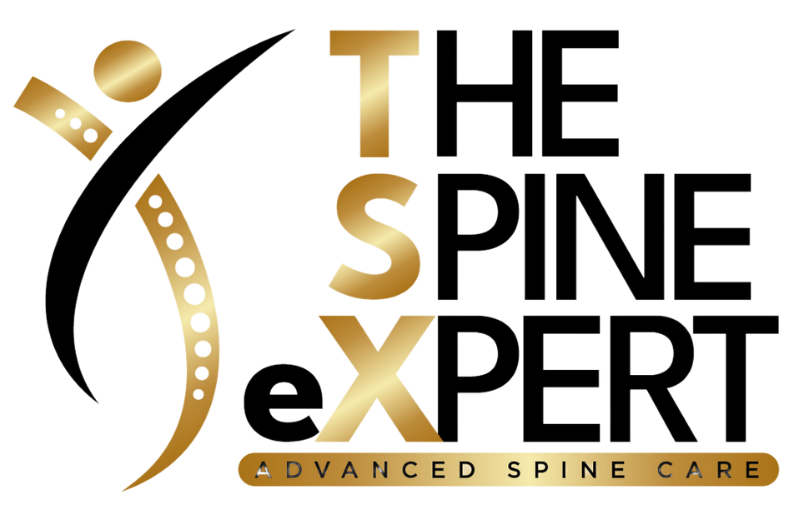Neck Pain Treatment

Introduction
Neck Pain, also known as cervicalgia, lasts for weeks or even years. The neck comprises vertebrae that extend from the upper torso to the skull. Cervicalgia can have more than one symptom. Patients can experience stiff necks, causing decreased movement. Sometimes, they might even feel a sharp, stabbing sensation localized in one area of the neck. These symptoms are further aggravated by any kind of neck movement. If there is a compressed nerve, there is a radiating pain from the head through the shoulder and arms. Patients might also experience a migraine headache.
Neck pain can result because of bad posture, physical strain, mental stress, and wrong sleeping position. If it is persistent for a long time, it could be because of osteoarthritis, spinal stenosis, herniated disk, pinched nerve, and tumors. In such cases, neck pain is accompanied by other symptoms.

Symptoms
Neck pain can manifest in different ways. Some of its common symptoms include:
- Difficulty moving the neck, especially when tilting or turning the head.
- Sharp throbbing pain in a specific area of the neck.
- Pain extending to the shoulders, arms, or upper back, often due to nerve compression.
- Migraine-like headaches that may originate from neck tension.
- Numbness or tingling in the arms or hands.
- Muscle Spasms in the neck, leading to pain and discomfort.
Causes
Neck pain can arise due to various reasons, from daily activities to medical conditions:
- Slouching or prolonged sitting, especially at a desk or computer.
- Physical Strain on neck muscles during exercise or heavy lifting.
- Muscle tension caused by mental stress.
- Sleeping on an unsupportive pillow or improper position.
- Degenerative conditions like osteoarthritis, spinal stenosis or herniated disc.
Diagnosis and Treatment
Finding the root cause of neck pain is important for the right treatment. Diagnosis and treatment options include:
- Physical Examination can include checking for tenderness, range of motion, and muscle strength
- Imaging Tests like X-rays, MRIs, or CT scans to detect structural issues.
- Nerve Studies like Electromyography (EMG) to assess nerve function.
- Treatment can involve medications, physical therapy, hold/cold therapy, steriod injections, or even surgery.
Risk Factors
Several factors increase the likelihood of developing neck pain:
- Degenerative changes in the spine are more common in the elderlies.
- Lack of exercise and bad posture weakens neck muscles.
- Occupation requiring long hours of sitting, like desk work or driving.
- Reduced blood flow to spinal discs can cause degeneration.
- Chronic stress leads to muscle tension in the neck.
- A history of neck injury increases the risk of pain.
- Excess weight can strain the neck and back muscles.
